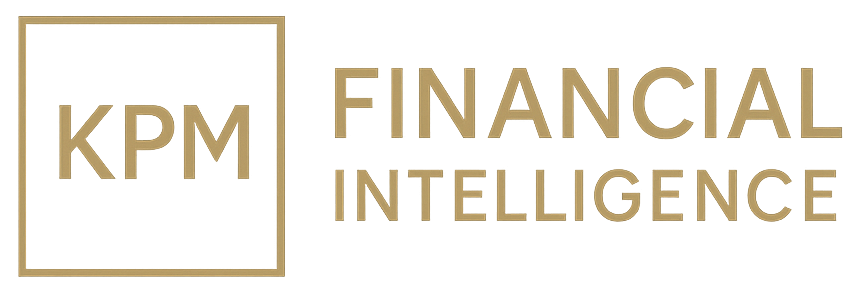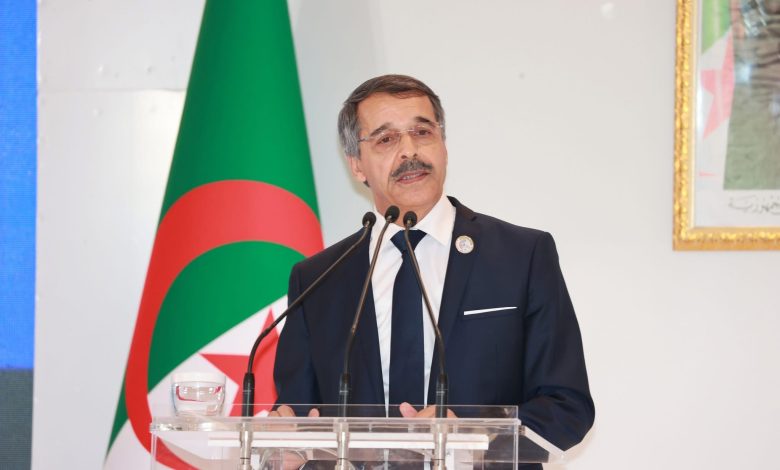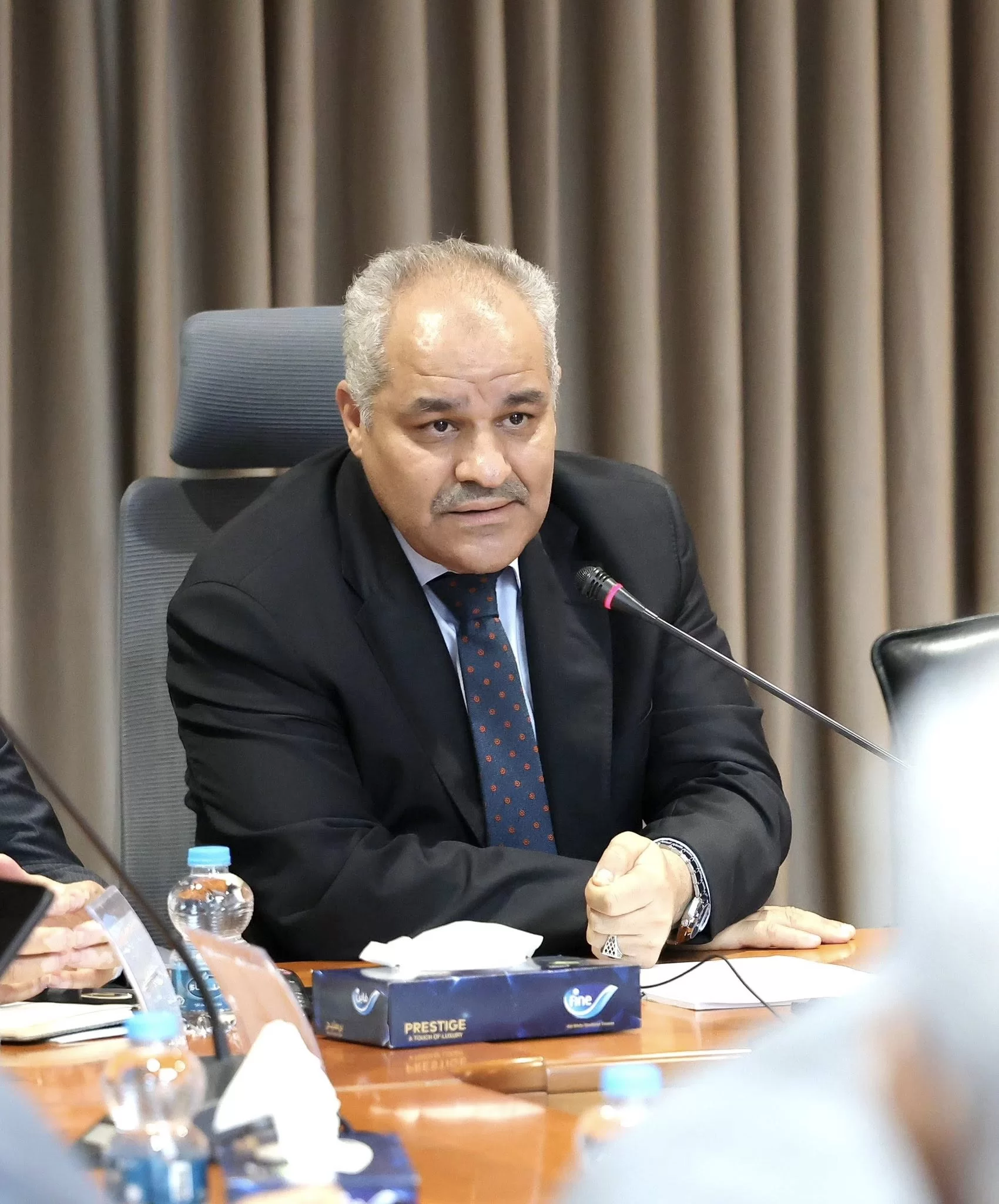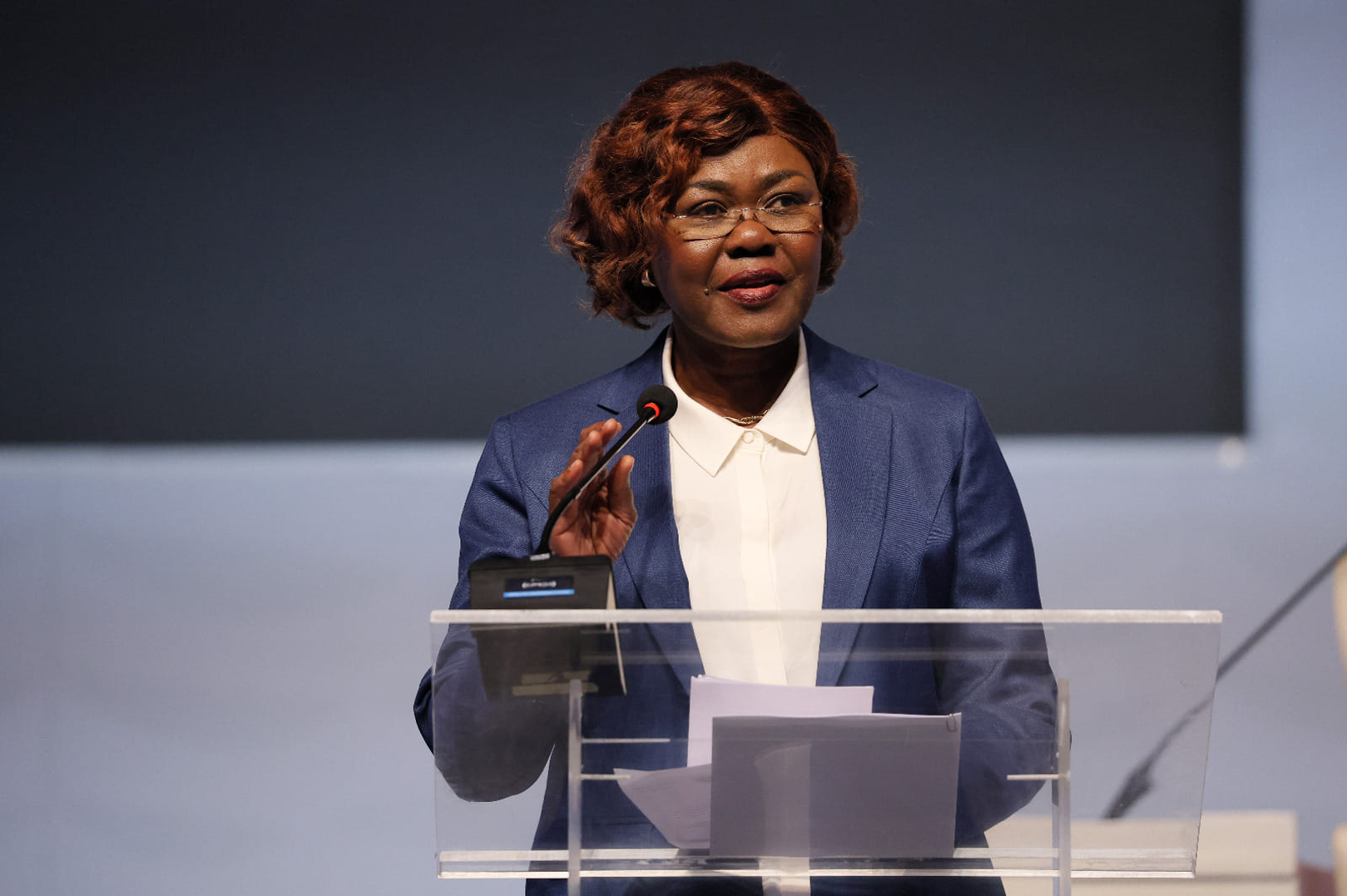OPEC’s Modest Move That Exposes Global Market Fatigue
Oil’s rebound to USD 85 (LCOc1) after OPEC+’s modest hike hides fragility. Demand from China softens, US10Y (^TNX) ≈ 4.35% tightens credit, and Africa faces inflation strain as USD/KES and USD/TZS weaken. Relief rally or last gasp of petro-policy credibility?
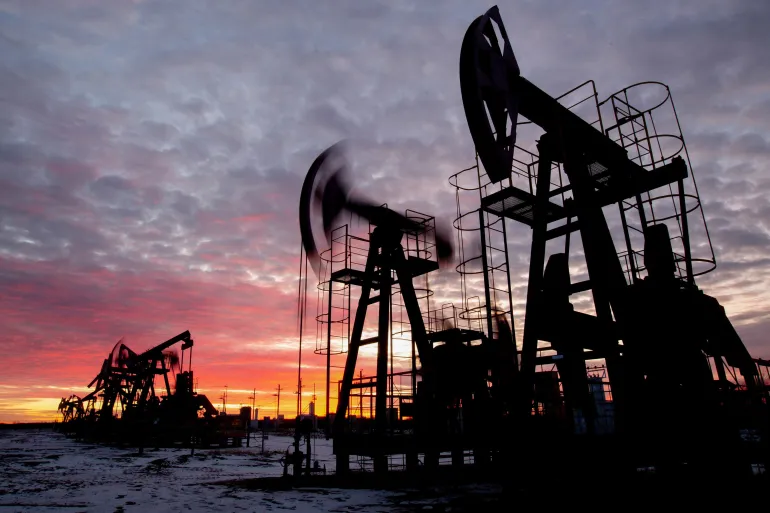
Brent crude’s rebound above USD 85 per barrel (ICE: LCOc1) after OPEC+ announced a smaller-than-expected production increase may look like a relief rally, but beneath the surface lies a cartel balancing credibility against capacity. The group’s decision to lift output by just 137,000 barrels per day starting November 2025, led by Saudi Arabia (+70k) and Russia (+45k), steadied prices briefly. Yet the muted scale underscores OPEC’s delicate calculus—avoiding a price collapse without triggering internal dissent. Traders were relieved that the alliance didn’t oversupply the market, but few believe this marks a renewed bull cycle.
The move follows a steep two-week decline of nearly 8 percent in Brent amid record non-OPEC output and softening demand signals. Futures markets reacted instantly: Brent gained 1.4 percent to USD 85.20, West Texas Intermediate (NYMEX: CL=F) rose 1.6 percent to USD 81.90, and front-month spreads narrowed slightly, easing fears of deeper contango. But beneath the stabilization lies a mismatch between sentiment and fundamentals.
The global oil market remains structurally heavy. U.S. shale production continues above 13.4 million barrels per day, near record highs, while Brazil, Canada, and Guyana have collectively added about 500,000 bpd since mid-year. Demand, meanwhile, is waning—China’s refinery utilization slipped to 82 percent, and OECD consumption fell for the third consecutive month. Even with OPEC restraint, the International Energy Agency projects a Q1 2026 surplus exceeding 1.2 million bpd, pointing to a world awash with crude. The rally, therefore, reflects positioning relief more than a shift in fundamentals.
For oil exporters, the nuance is existential. Fiscal breakevens remain high—Saudi Arabia ≈ USD 83, Nigeria ≈ USD 90, Angola ≈ USD 75. A modest quota increase preserves near-term revenues but offers little buffer against macro shocks. Nigeria’s Bonny Light (BFO-URL) trades just above USD 84, below the level required to stabilize its fiscal deficit. FX volatility and the new 30 percent capital gains tax erode any upside from higher crude, while Angola’s 1.1 million bpd output barely offsets natural decline. OPEC’s logic is clear: limit oversupply to keep budgets solvent while hoping demand does not unravel faster than expected.
For importers, particularly in East Africa, the implications are immediate. Kenya and Tanzania face renewed import-bill pressure as their currencies—the shilling (USD/KES: KES=) and shilling (USD/TZS: TZS=)—weaken. Each USD 5 rise in Brent adds roughly 0.3 percentage points to inflation in Kenya and widens Tanzania’s current-account deficit by about USD 250 million per quarter. In economies already battling food and fuel inflation, a modest oil rally tightens policy space and reignites subsidy debates. The Central Bank of Kenya, which kept its rate at 13 percent, may be forced to sustain its hawkish stance if fuel inflation persists into year-end.
Financial markets interpret the OPEC+ move as a test of coordination, not conviction. The ICE Brent curve remains narrowly backwardated, suggesting traders expect prices to hover near USD 83–87 through Q1 2026. Yet volatility is creeping higher: the CBOE Crude Oil Volatility Index (OVX) has surged to 33, the highest since February, while speculative net longs in crude futures rose just 4 percent last week—well below historical averages during genuine bull phases. This combination implies the rally lacks depth and could reverse abruptly if U.S. inflation or Chinese demand data disappoint.
That fragility extends across financial channels. The S&P Global Energy Index (SPNY) gained just 0.8 percent, and oil-linked currencies like the Mexican peso (USD/MXN: MXN=) and Brazilian real (USD/BRL: BRL=) weakened slightly, reflecting investor caution rather than enthusiasm. Hedge funds are trimming exposure to frontier producers, wary that rising volatility could trigger forced deleveraging across commodity-linked assets.
The macro-liquidity backdrop offers little relief. The Dollar Index (DXY: DX-Y.NYB) remains above 105.7, while the U.S. 10-year yield (US10Y: ^TNX) hovers near 4.35 percent—a cost of carry that discourages speculative storage. With higher interest costs, the marginal barrel is now more expensive to finance, squeezing traders and refiners. OECD crude inventories are rising even as production stays stable, confirming that the economics of holding oil have deteriorated. OPEC’s restraint buys temporary balance, not structural stability.
In Africa, the policy tension is acute. Nigeria and Angola may record a short-term export windfall, but fuel-importing economies will feel the strain. Refining bottlenecks amplify the paradox: Nigeria’s Dangote Refinery, though ramping up, still imports feedstock at international prices, offering little domestic relief. East African governments, already constrained by tight fiscal ceilings, face renewed subsidy burdens just as borrowing costs climb. Yields on Kenya’s 2032 Eurobond (KE2032) and Ghana’s 2030 (GH2030) widened 20–40 basis points last week, echoing the risk spillover that often follows energy shocks.
The market’s message is clear: OPEC+ can influence price direction but not sentiment. Investors remain wary of an oil complex defined by surplus supply, weak demand, and tighter financing. Even OPEC’s verbal guidance—Saudi Arabia’s Prince Abdulaziz bin Salman pledging flexibility through early 2026—did little to alter positioning. Traders appear convinced that any rally above USD 90 would trigger producer hedging, effectively capping the upside.
Longer term, the constraints are structural. Global energy transition dynamics are reshaping capital allocation: ESG funds continue to retreat from hydrocarbon-heavy exposures, and project financing costs have risen by over 300 basis points since 2022. OPEC’s grip on prices is therefore constrained not only by U.S. shale competition but by the slow erosion of oil’s investment narrative. As capital flows toward renewables and green infrastructure, the cost of sustaining fossil equilibrium rises.
For global investors, the takeaway is unambiguous. The current rebound is less a sign of strength than a pause in exhaustion. Every uptick in Brent now tests the elasticity of demand, the patience of policymakers, and the credibility of OPEC’s cohesion. With U.S. fiscal gridlock, China’s slowdown, and tight global liquidity, crude’s next leg will depend more on monetary easing than on ministerial statements.
Brent’s rally buys time—but not balance. In a market defined by excess capacity, fragile demand, and expensive credit, short-term relief should not be mistaken for resilience. For traders, the bounce offers opportunity. For policymakers in oil-linked economies, it offers a warning: in 2025’s high-rate world, price stability is no longer something OPEC can deliver—it’s something markets must now finance.
